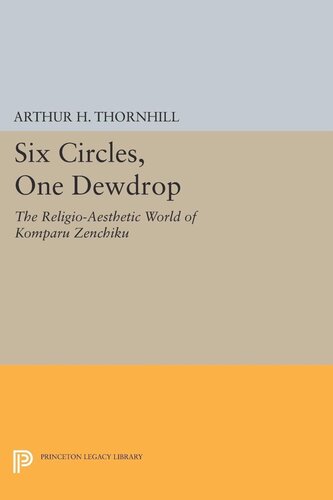

Most ebook files are in PDF format, so you can easily read them using various software such as Foxit Reader or directly on the Google Chrome browser.
Some ebook files are released by publishers in other formats such as .awz, .mobi, .epub, .fb2, etc. You may need to install specific software to read these formats on mobile/PC, such as Calibre.
Please read the tutorial at this link: https://ebookbell.com/faq
We offer FREE conversion to the popular formats you request; however, this may take some time. Therefore, right after payment, please email us, and we will try to provide the service as quickly as possible.
For some exceptional file formats or broken links (if any), please refrain from opening any disputes. Instead, email us first, and we will try to assist within a maximum of 6 hours.
EbookBell Team

5.0
40 reviewsNoh drama has long fascinated Westerners by its poetic excellence and its dramatic power. To the student of medieval Japanese culture, however, noh writings, especially dramaturgical treatises, are also of immense value as "monuments" of culture. To uncover the larger patterns of cultural discourse in these theoretical works, Arthur Thornhill presents the first major study in English of the dramaturgical treatises of Komparu Zenchiku (1405-1468?), son-in-law and pupil of the illustrious Zeami and a pivotal figure in the history of Japanese noh drama. The book begins with annotated translations of two of Zenchiku's most important treatises, which delineate a system of seven symbolic categories called "six circles and one dewdrop." Especially significant are two commentaries appended to the first treatise and composed by the Buddhist prelate Shigyoku (1383-1463) and Ichijo Kaneyoshi (1402-1481), the renowned court official and scholar of native literature and the Chinese classics. Together Zenchiku's symbolic system and the two commentaries reveal a microcosm of the intellectual and cultural dialogue among the dominant creeds of the Muromachi period--Buddhism, Confucianism, and Shinto.
Originally published in 1993.
The Princeton Legacy Library uses the latest print-on-demand technology to again make available previously out-of-print books from the distinguished backlist of Princeton University Press. These editions preserve the original texts of these important books while presenting them in durable paperback and hardcover editions. The goal of the Princeton Legacy Library is to vastly increase access to the rich scholarly heritage found in the thousands of books published by Princeton University Press since its founding in 1905.